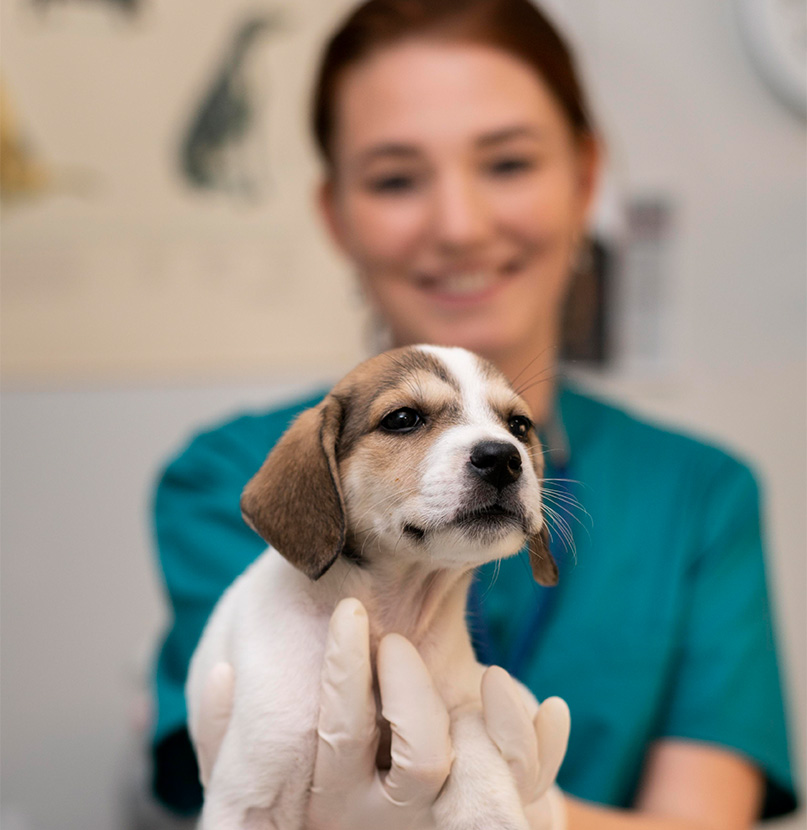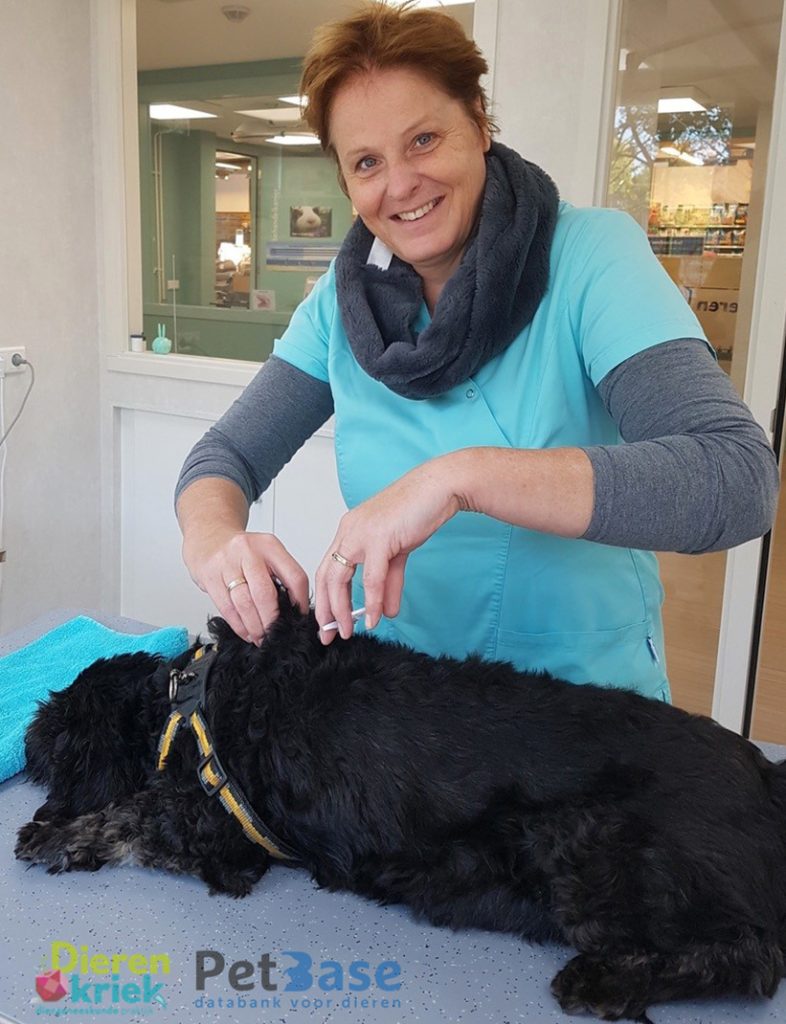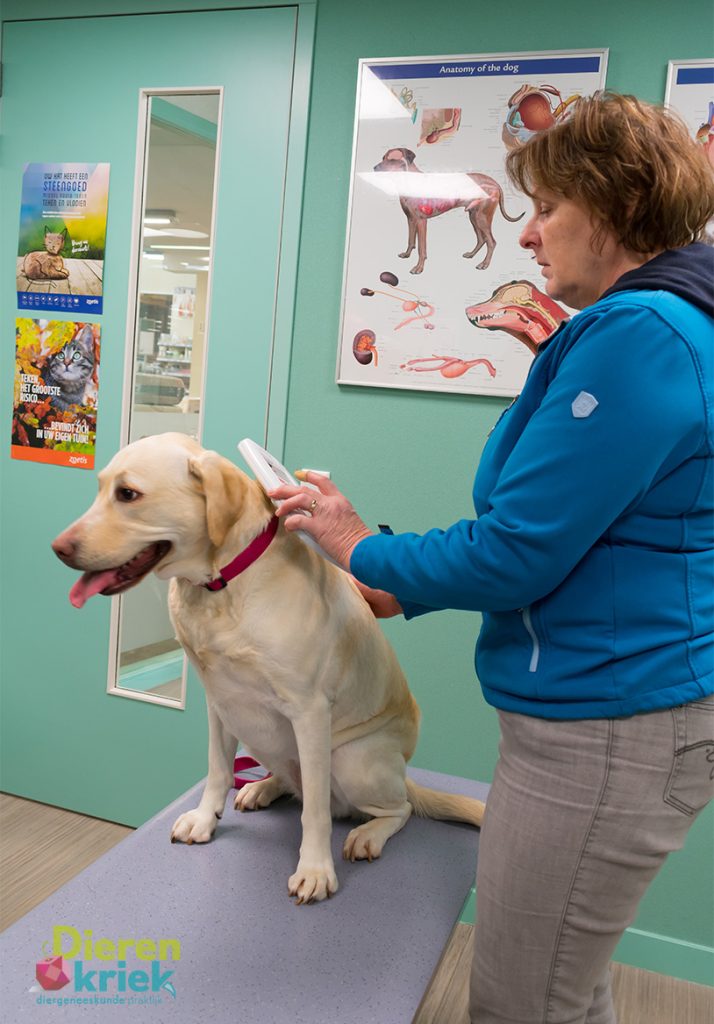Month of chipping - June!
The month of chipping has arrived. During the month of June, owners are encouraged to have their pets microchipped to make it easier to identify lost animals and reunite them with their owners. In this article we will discuss the benefits of microchipping, how the microchipping process works, legislation regarding microchipping, health aspects, and more.
Index:

What is chipping?
Microchipping is a procedure in which a small microchip implant is placed under a pet's skin. This chip contains a unique identification code that can be read using a special scanner. It is a simple and painless procedure that is usually performed at the vet.
How does chipping work?
When a lost pet is found, an animal shelter or veterinarian can scan the chip to identify the owner. The identification code on the chip is linked to the owner's contact details in a central database. This allows missing pets to be quickly reunited with their owners.
Technology behind chipping:
The microchip contains a passive RFID (Radio Frequency Identification) chip that receives energy from the scanner. When the scanner comes close to the chip, it sends out a signal that activates the chip and reads the identification code. This technology is reliable and used worldwide for pet identification.
Benefits for pets:
Microchipping pets offers several benefits. First, it provides permanent identification as the chip cannot be removed or lost. This is especially useful when pets go missing or are involved in an accident. In addition, microchipping can help prevent identity fraud, where stolen pets are resold.
Benefits for owners:
For owners, microchipping offers peace of mind. Should their pet go missing, microchipping increases the chance of reunion. In addition, microchipping may be required by law, such as with dogs in the Netherlands. Compliance with the chip obligation can prevent fines.


The chipping procedure:
Microchipping a pet is a simple and quick procedure. The vet inserts the microchip with a hypodermic needle under the skin, usually between the shoulder blades of the animal. Most pets experience minimal pain and discomfort during the procedure. After chipping, it is important to add the contact details to the database, such as Animal Database PetBase is one of them, to update.
Chipping different pets:
In addition to dogs, cats and other pets can also be chipped. Cat microchipping is especially important because cats often roam freely outside and can easily get lost. Other pets, such as rabbits, ferrets, and birds, can also be chipped to prevent loss and theft.
Lost pets and microchipping:
One of the main benefits of microchipping is the ability to reunite lost pets with their owners. When a lost pet is found, the chip can be scanned and the owner's contact details obtained. This process is fast and efficient, increasing the chances of a successful reunion.
Role of animal shelters:
Animal shelters play a vital role in finding missing pets. As soon as a lost animal comes in, it is checked for a chip and the owner details are checked. The microchipping facilitates the identification process and helps animal shelters return lost pets to their owners more quickly.
Role of animal shelters:
Veterinarians play an important role in pet microchipping. They perform the procedure, ensure correct placement of the chip and inform owners of its importance. In addition, veterinarians can give advice on updating the data in the central database and answer any health questions.

Why registration of chip data is important:
Recording chip data is vital for pet microchipping. It is not enough to just have the chip implanted; it is also essential to record the data from the chip. This ensures that the pet's unique identifier is linked to the correct owner's contact details. By recording chip data, a lost pet can be quickly and easily reunited with its owner.
Why registration of chip data is important:
Registering chip details is a simple process that can be done through a central database or a dedicated chip registration website. When microchipping a pet, the vet will ask the owner to provide the pet's details, such as name, address and telephone number. This data is then linked to the chip's unique identification code. It is important to ensure that the data entered is accurate and up-to-date.
Why registration of chip data is important:
Updating chip data is crucial to ensure that lost pets can be reunited with their owners quickly and efficiently. When there are changes to the owner's contact information , such as a move or a new phone number, it is important to to pass on changes as quickly as possible to the chip registration database, of which Animal Database PetBase is one. Only with up-to-date data can an animal shelter, veterinarian or other concerned party contact the owner and the lost pet return home.




